40 how to read food labels carbohydrates
Food Labels | CDC - Centers for Disease Control and Prevention Check the Serving size first. All the numbers on this label are for a 2/3-cup serving. This package has 8 servings. If you eat the whole thing, you are eating 8 times the amount of calories, carbs, fat, etc., shown on the label. Total Carbohydrate shows you types of carbs in the food, including sugar and fiber. Food Labels: Carbohydrates | Home & Garden Information Center The Daily Value (DV) for total carbohydrate is 300 grams (g) or 100% DV, based on a 2,000-calorie diet. This number combines several types of carbohydrates: dietary fiber, sugars and complex carbohydrates. Listed below total carbohydrate on the food label are the values for dietary fiber and sugars.
Is it Keto? How To Read Food Labels - 3 Easy Steps Step 1 - How to read food labels: Check the serving size. Serving Size (highlighted in red above): if you are counting carbs then you need to know how much of the food item will have the number of carbs, fiber, protein, etc that is shown on the label. Start by looking at the serving size to see what makes up a serving size.

How to read food labels carbohydrates
PDF Read the Food Label for Carbohydrates - National Institutes of Health Food labels help you choose foods that are lower in calories and in carbohydrates and sweeteners. Here is a food label for a 12-ounce regular soda. The label provides lots of useful information. 1. Serving Size and Number of Servings The serving size is 12 ounces. There's 1 serving in this container. 2. Amount Per Serving The nutrient amounts on the label are for one serving. How To Read Food and Beverage Labels - National Institute on Aging "Best if used by" (or "best if used before") tells how long the item will have the best flavor or quality. None of these dates tell you when an item is no longer safe to eat or drink. In fact, product dates are not required by federal regulations and are added voluntarily by manufacturers. Learn more about food safety and older adults. How To Read Nutrition Labels - Mayo Clinic Diet 3. Check the % Daily Value. The % Daily Value (DV) tells you how much a nutrient in a serving of food contributes to a daily diet. 2,000 calories a day is used for general nutrition advice. Low is 5% or less. Aim for low in saturated fat, trans fat, cholesterol, sodium, and added sugars. High is 20% or more. Aim high in vitamins, minerals and ...
How to read food labels carbohydrates. How to Read a Food Label to Make Sure It's Keto in 3 Easy Steps Subtract Dietary Fiber and Sugar Alcohols (if any) from the Total Carbohydrate. *Total Carbohydrate minus Dietary Fiber, minus Sugar Alcohol (if any) = Net Carbs Total Carbohydrate ( 4 grams) - Dietary Fiber ( 1 gram) = 3 gram s Net Carbs The Total Carbs for ⅔ cup of this packaged cauliflower is 4 grams, and the Net Carb is 3 grams. Why the 2 camps How to read food labels | healthdirect Sugar: Sugar is a type of carbohydrate. It is better to choose healthier carbohydrates and to limit foods that are high in added sugars. Fibre: High fibre foods such as wholegrain bread and cereals improve digestion and help you to feel full. Sodium: This tells you how much salt the product contains. Eating too much salt is linked to high blood pressure and can lead to heart disease, stroke ... How to Read a Food Label | Atkins But once you know the secret to figuring out how many carbs really count, the labels will become easy reading. Backing into a Carb Count. Almost everything displayed on the Nutrition Facts panel is based on specific laboratory procedures, called assays, regulated by the FDA. The quantity of fat, protein, ash and water can all be directly and ... Low Carb Guide to Understanding Nutrition Labels - Virta Health Sugar should be zero as often as possible (1-2g at most). Fiber is a carb and should be included in your total for the day (initially 30g or less). Again, pay attention to the serving size. Something might be low in carbs, but if you eat 3 or 4 servings, you can easily go over your daily limit. 7.
Reading Food Labels | ADA - American Diabetes Association The Nutrition Facts labels on foods are really the key to making the best choices. We'll cover the basics so that these labels make shopping easier for you. Get started Understanding Carbs You've heard it all. From carb-free to low-carb, to whole and empty carbs, it's hard to know what it all means. Learn more Food & Blood Sugar How To Read A Food Label - KidsAcookin Here are some tips for reading food labels: 1. Check the serving size. This will tell you how much of the food you should eat in one sitting. 2. Look at the calorie count. This will help you determine if the food is high in calories or not. 3. Check the fat content. You want to make sure that the food you are eating is not high in fat. 4. Food labels - NHS There are guidelines to tell you if a food is high in fat, saturated fat, salt, sugar or not. These are: Total fat High: more than 17.5g of fat per 100g Low: 3g of fat or less per 100g Saturated fat High: more than 5g of saturated fat per 100g Low: 1.5g of saturated fat or less per 100g Sugars High: more than 22.5g of total sugars per 100g How to read carbs on food labels? Some Food Labels Include Dietary Fibre Under Total Carbohydrate. Let see how to read carbohydrates on food labels that include fibre under total carbohydrates, From the label, the total carbohydrate is 37 g (~2.5 servings carbohydrates). But when you subtract the dietary fibre (4 g), it becomes 33 g of carbohydrates (~2 servings carbohydrates).
How to Read Nutrition Labels: Fat Content, Carbs & What To Look For Total Fat. Nutrition labels are required to include total fat, saturated fat, and trans fat. The total amount of fat in the diet is a percentage of your calorie needs. The recommendation for the typical American diet is around 30%. For someone taking in 2,000 calories, this would mean around 70 grams of total fat per day. Reading Food Labels for Carbohydrates - dummies Reading Food Labels for Carbohydrates Look for the line that reads "Total Carbohydrate" on the label. The value on this line will tell you how many grams of... Check the number of servings per container to see if your package has one or more servings. Check the serving size of the food to determine ... How to Read Food Labels | Your Low Carb Hub The below label shows there are 4.3g of carbs in a 15ml serving size which is equivalent to one tablespoon. 3.4g of this is sugar. There is 22.7g of sugar in 100ml, that's 5.6 teaspoons of sugar. The World Health Organisation (WHO) recommends no more than 5-10 teaspoons of added sugar in an entire day. Be aware of hidden sugars. How to Understand and Use the Nutrition Facts Label | FDA The %DV column doesn't add up vertically to 100%. Instead, the %DV is the percentage of the Daily ...
How To Read Nutrition Labels (Like a Pro) - Ditch The Carbs Firstly you need to understand the difference between total and net carbs. TOTAL CARBS = sugars + starches +fibre NET CARBS = total carbs - fibre Carbohydrates will be on the nutrition label are often broken down into carbohydrates, sugars, starch, and fiber. However, each brand may display its nutritional contents differently.
Learning To Read Labels :: Diabetes Education Online On a nutrition food label, subtract the fiber from the total carbohydrate amount. When you read food labels, the grams of sugar are already included in the total carbohydrate amount, so you do not need to count this sugar amount separately. The grams of sugar listed include both natural sugars, from fruit or milk, and added sugars. On a nutrition food label, the total carbohydrate includes the sugar. Some Nutrition Facts labels may also list sugar alcohols under total carbohydrate.
How to Read Food Labels Without Being Tricked - Healthline A good rule of thumb is to scan the first three ingredients, as they make up the largest part of what you're eating. If the first ingredients include refined grains, a type of sugar, or...
Reading Food Labels - NZ Nutrition Foundation This has information on how much of the following nutrients are present: Energy (kilojoules) Protein (grams) Total fat (grams) Saturated fat (grams) Total carbohydrate (grams) Sugar (grams) Sodium (milligrams) It is up to the food manufacturer if they want to display additional nutrients such as fibre, iron, calcium etc.
How To Figure Out The Carbs On Nutrition Labels You might see mannitol, sorbitol, xylitol, erythritol, and others on the ingredients label. If the package says the product is "sugar-free" or has "no sugar added" it must list the sugar alcohols in the ingredients. If more than one type of sugar alcohol is listed, there must be a line for sugar alcohol grams on the nutrition label.
Carb vs. Sugar: How to understand nutrition labels - The LOOP Blog Understanding Nutrition Labels Carbohydrates are actually comprised of three nutrients: carbohydrates, fiber, and sugar. You may, and will see, foods that are very low in "sugar" but high in carbohydrate. Example 1 Let's look at a popular unflavored old fashioned oats label. Here we see that the total sugar is 1 gram. Looks great right?
How to read food labels: MedlinePlus Medical Encyclopedia Adjust the number of calories if you eat smaller or larger portions. This number helps determine how foods affect your weight. The total carbs (carbohydrates) are listed in bold letters to stand out and are measured in grams (g). Sugar, starch, and dietary fiber make up the total carbs on the label. Sugar is listed separately.
This Is How to Read a Nutrition Facts Label on the Keto Diet 1 gram of carbohydrate = 4 calories (4 units of energy) 1 gram of fat = 9 calories (9 units of energy) You don't have to memorize these values, but simply keep in mind that calories are the sum total energy of the protein, carbs, and fats found in food, and they strongly influence whether you lose, maintain, or gain weight.
Reading food labels: Tips if you have diabetes - Mayo Clinic Reading food labels: Tips if you have diabetes Start with the list of ingredients. When you're looking at food labels, start with the list of ingredients. Keep an eye... Consider carbs in context. If your meal plan is based on carbohydrate counting, food labels become an essential tool. Put ...
Reading Food Labels (for Parents) - Humana - Louisiana Percent daily value is most useful for seeing whether a food is high or low in nutrients: A food with 5% or less of a nutrient is low in that nutrient. A food with 10%-19% of a nutrient is a good source of that nutrient. A food with 20% or more of a nutrient is high in that nutrient. The information on food labels is based on an average diet ...
How To Read Nutrition Labels - Mayo Clinic Diet 3. Check the % Daily Value. The % Daily Value (DV) tells you how much a nutrient in a serving of food contributes to a daily diet. 2,000 calories a day is used for general nutrition advice. Low is 5% or less. Aim for low in saturated fat, trans fat, cholesterol, sodium, and added sugars. High is 20% or more. Aim high in vitamins, minerals and ...
How To Read Food and Beverage Labels - National Institute on Aging "Best if used by" (or "best if used before") tells how long the item will have the best flavor or quality. None of these dates tell you when an item is no longer safe to eat or drink. In fact, product dates are not required by federal regulations and are added voluntarily by manufacturers. Learn more about food safety and older adults.
PDF Read the Food Label for Carbohydrates - National Institutes of Health Food labels help you choose foods that are lower in calories and in carbohydrates and sweeteners. Here is a food label for a 12-ounce regular soda. The label provides lots of useful information. 1. Serving Size and Number of Servings The serving size is 12 ounces. There's 1 serving in this container. 2. Amount Per Serving The nutrient amounts on the label are for one serving.

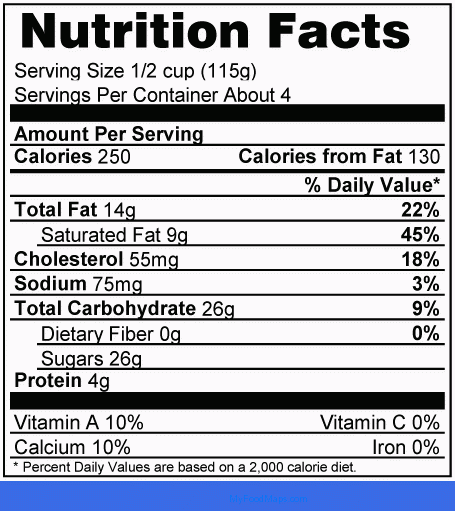








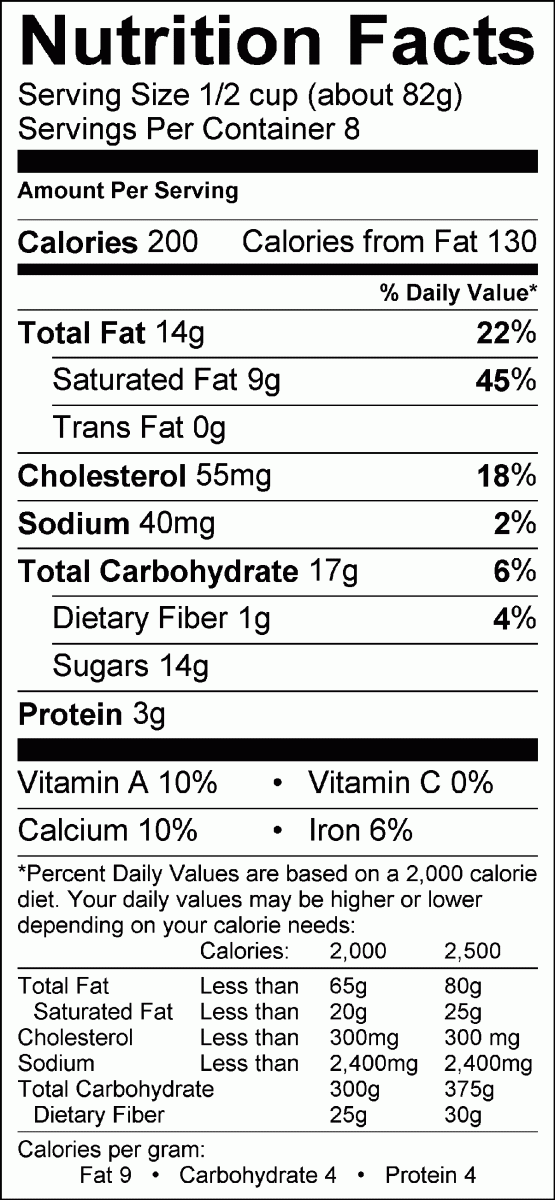


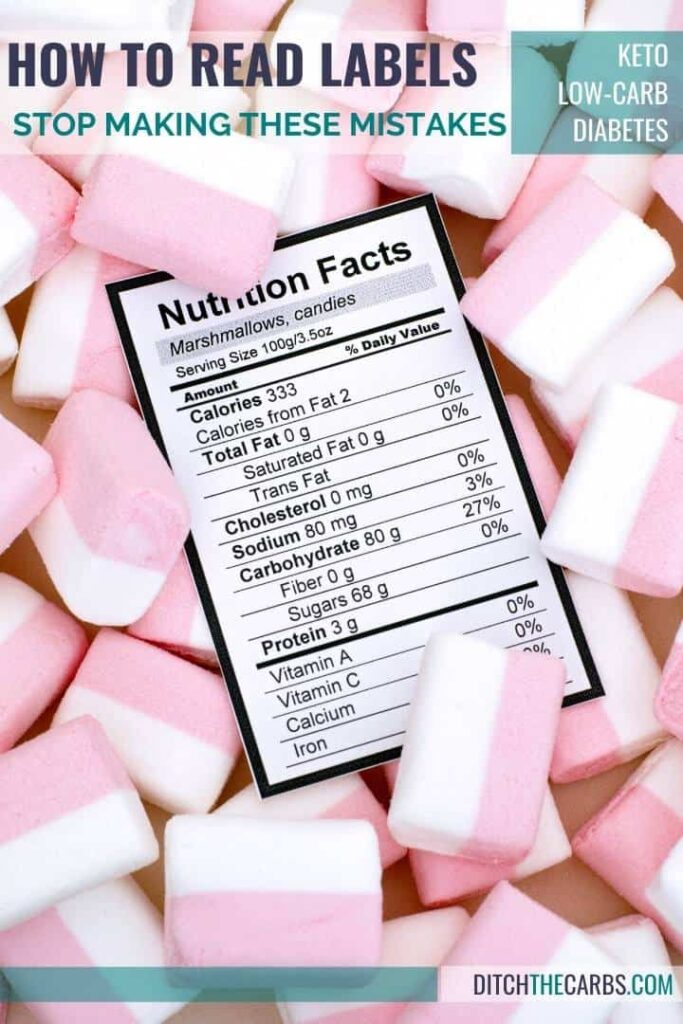
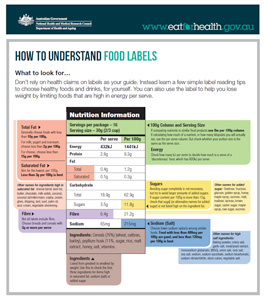
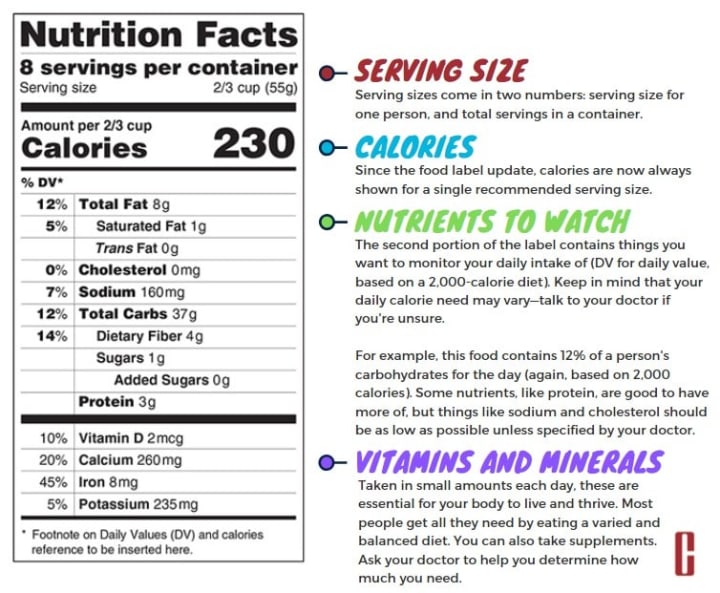
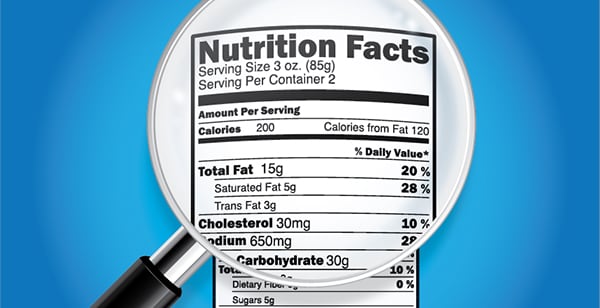

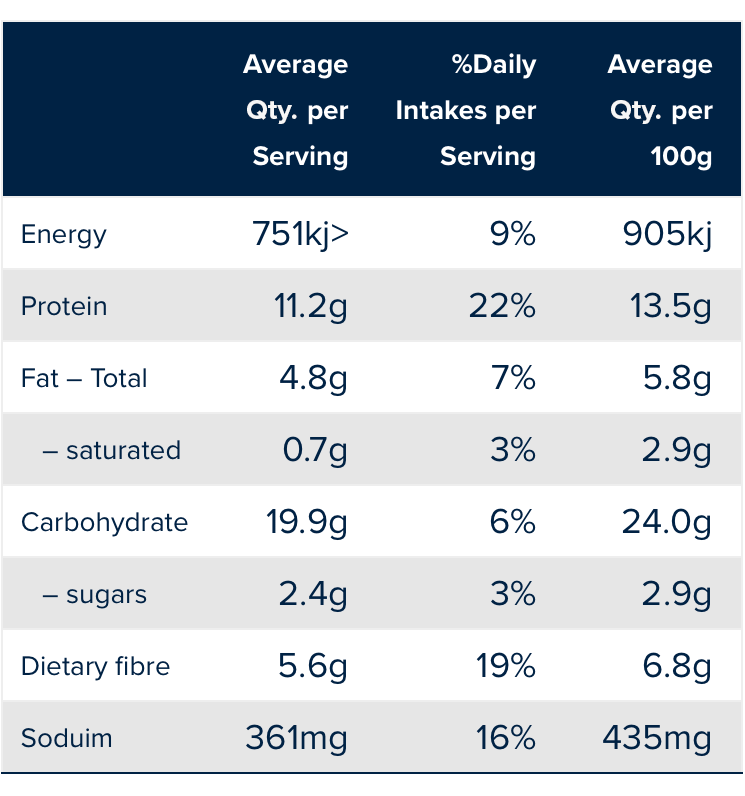
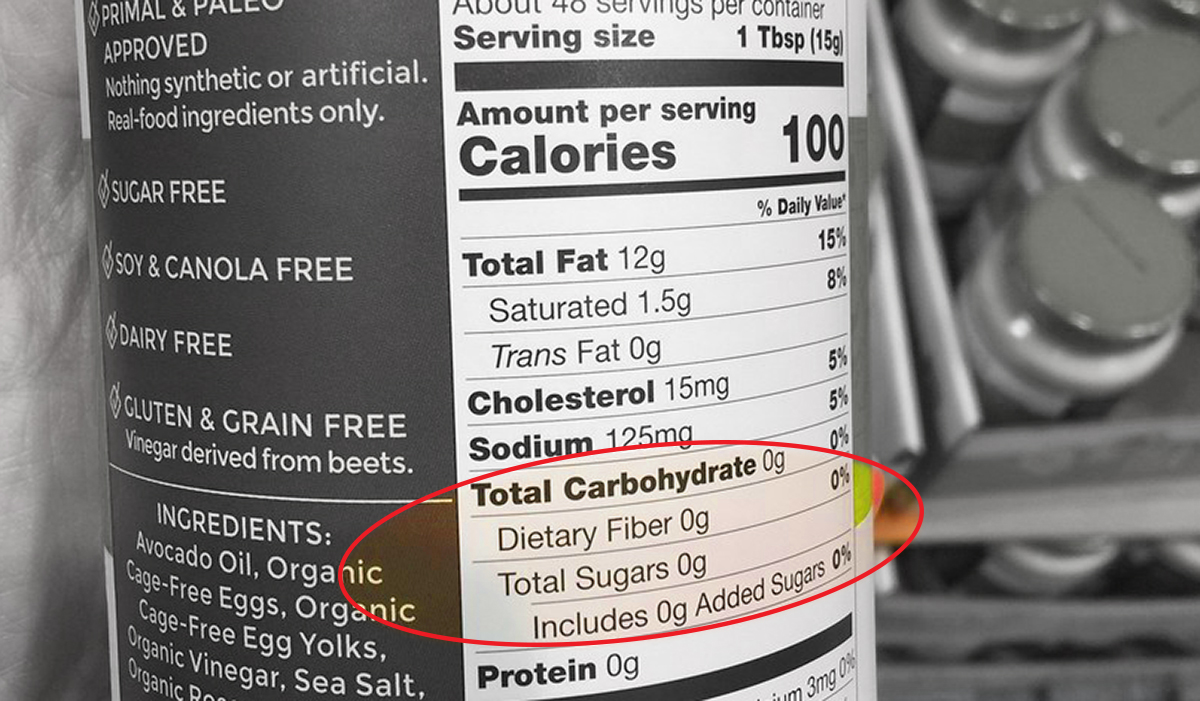
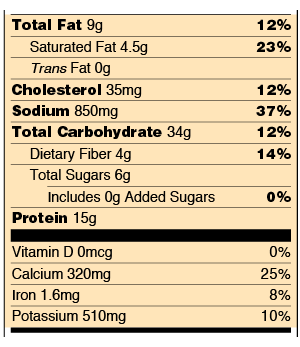






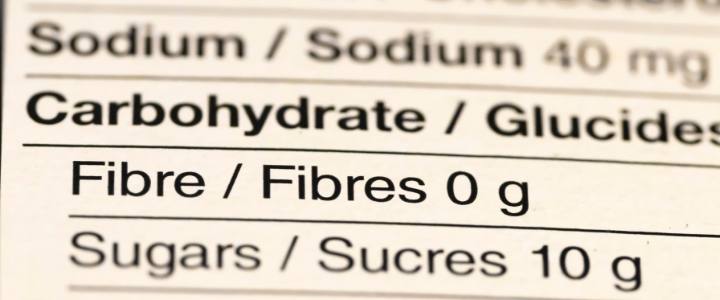
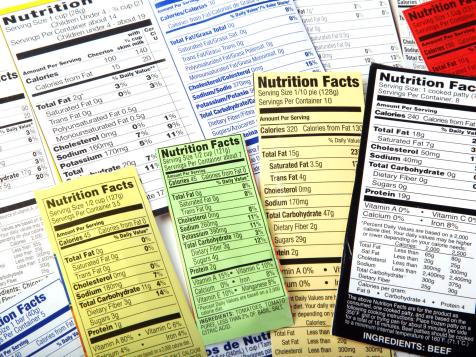


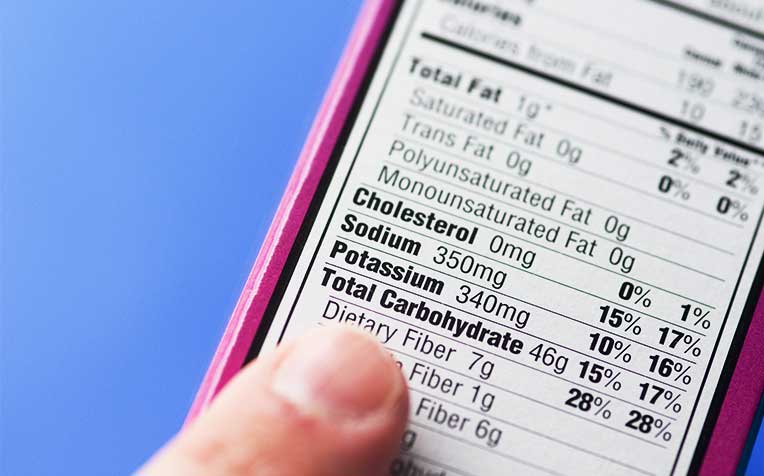

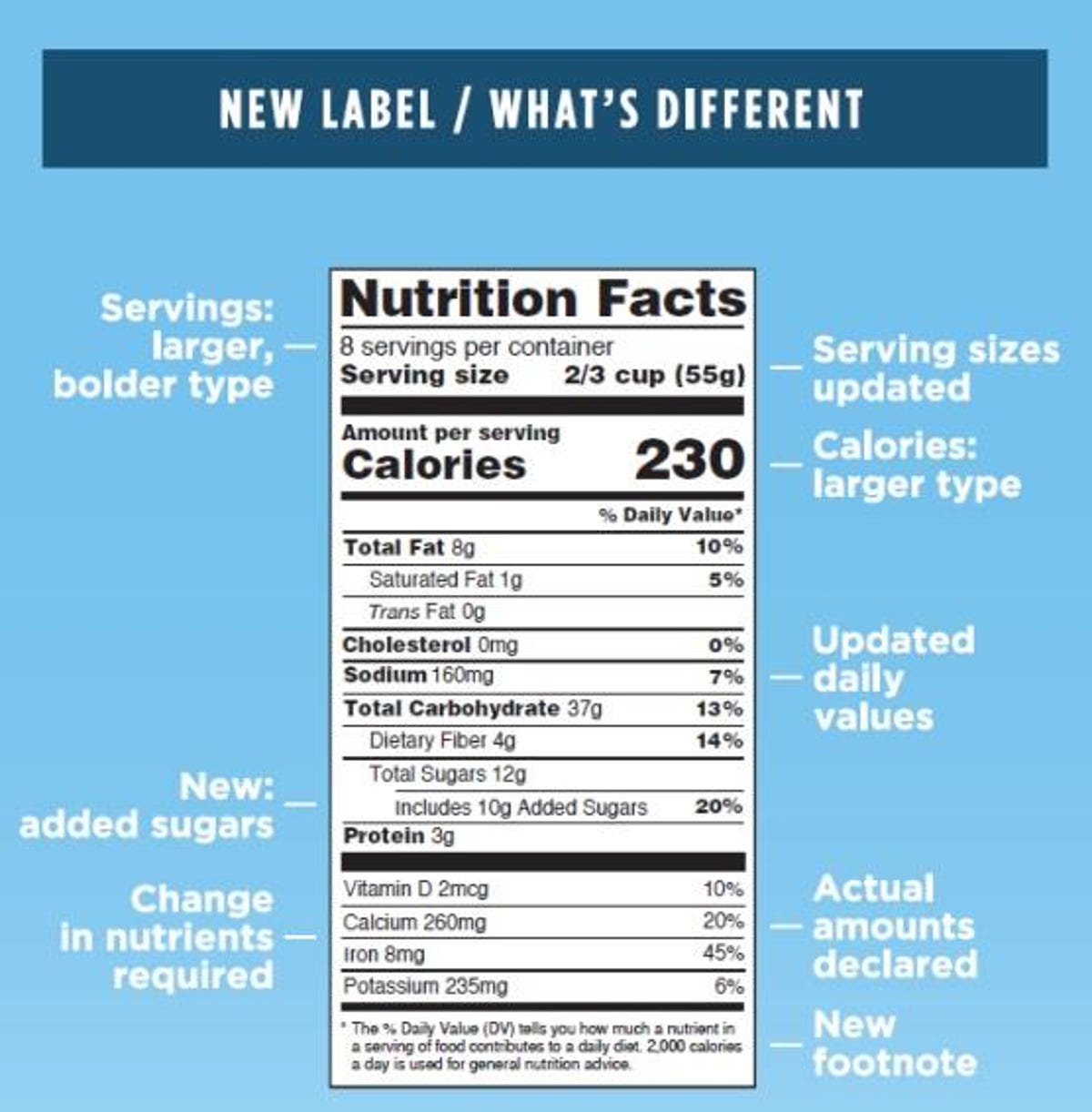

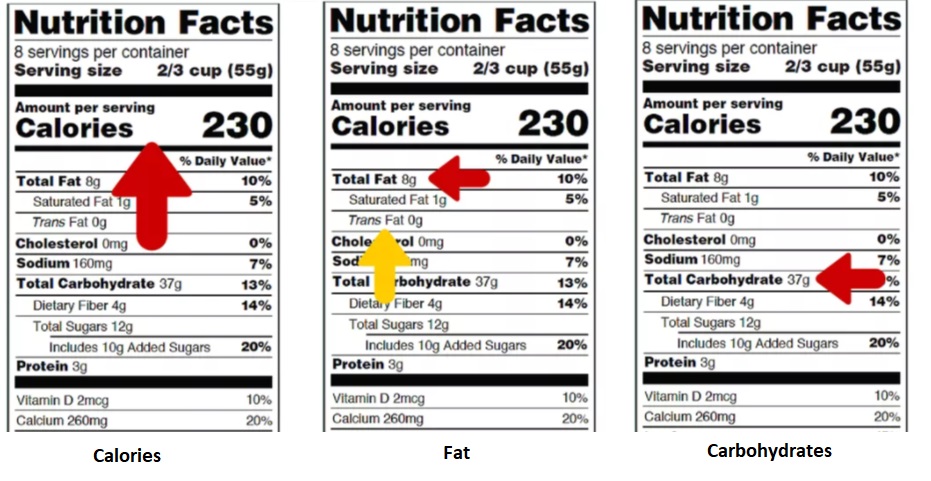
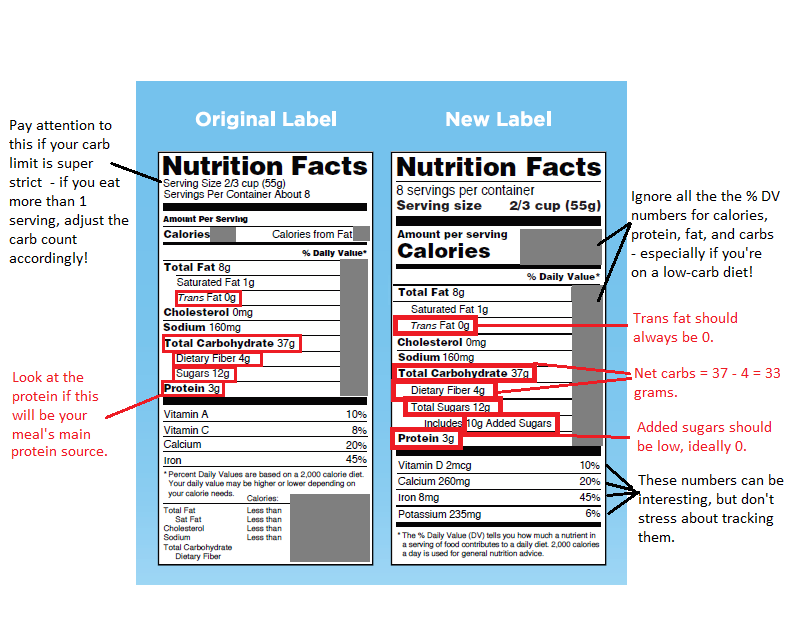
Post a Comment for "40 how to read food labels carbohydrates"